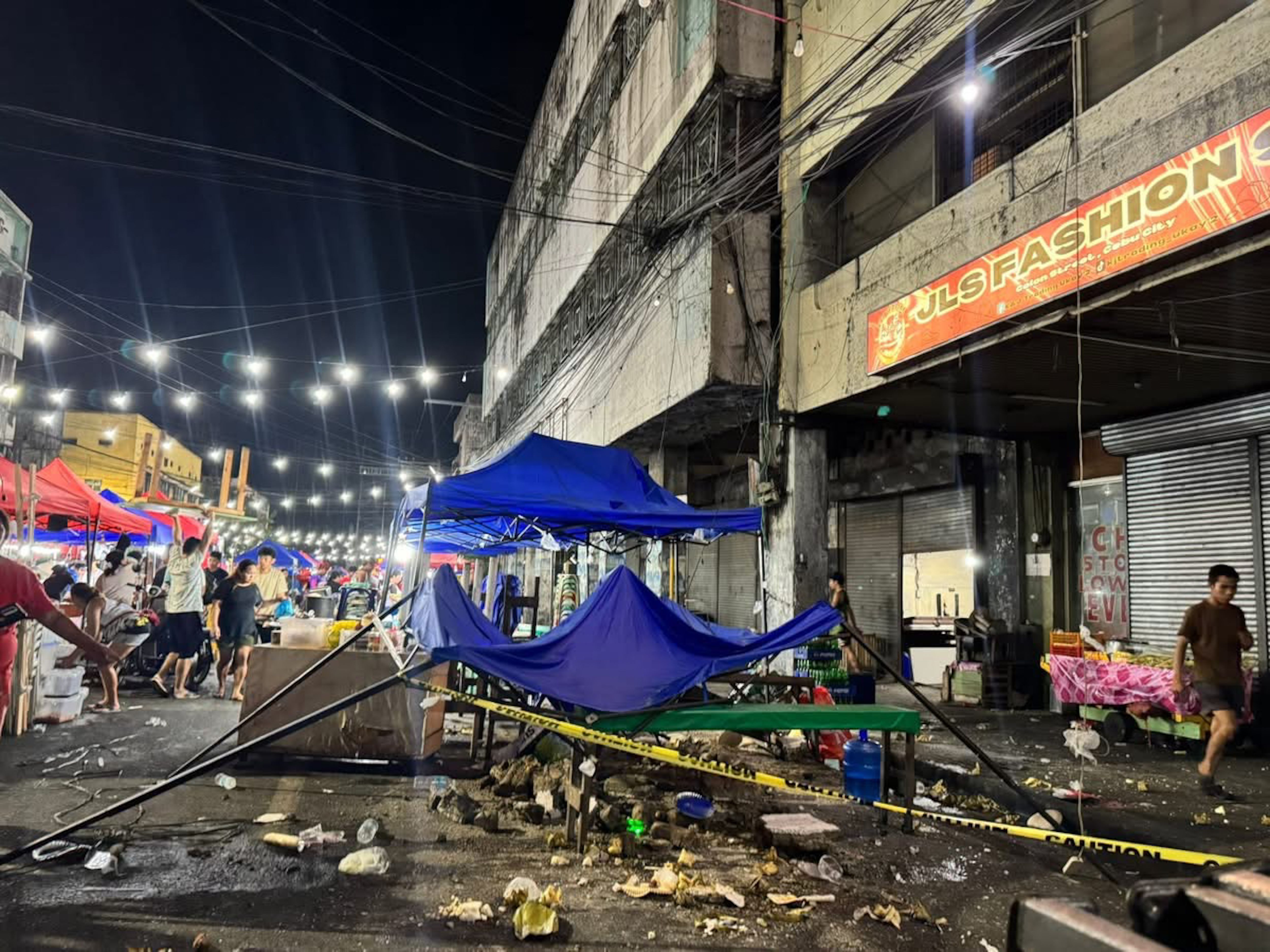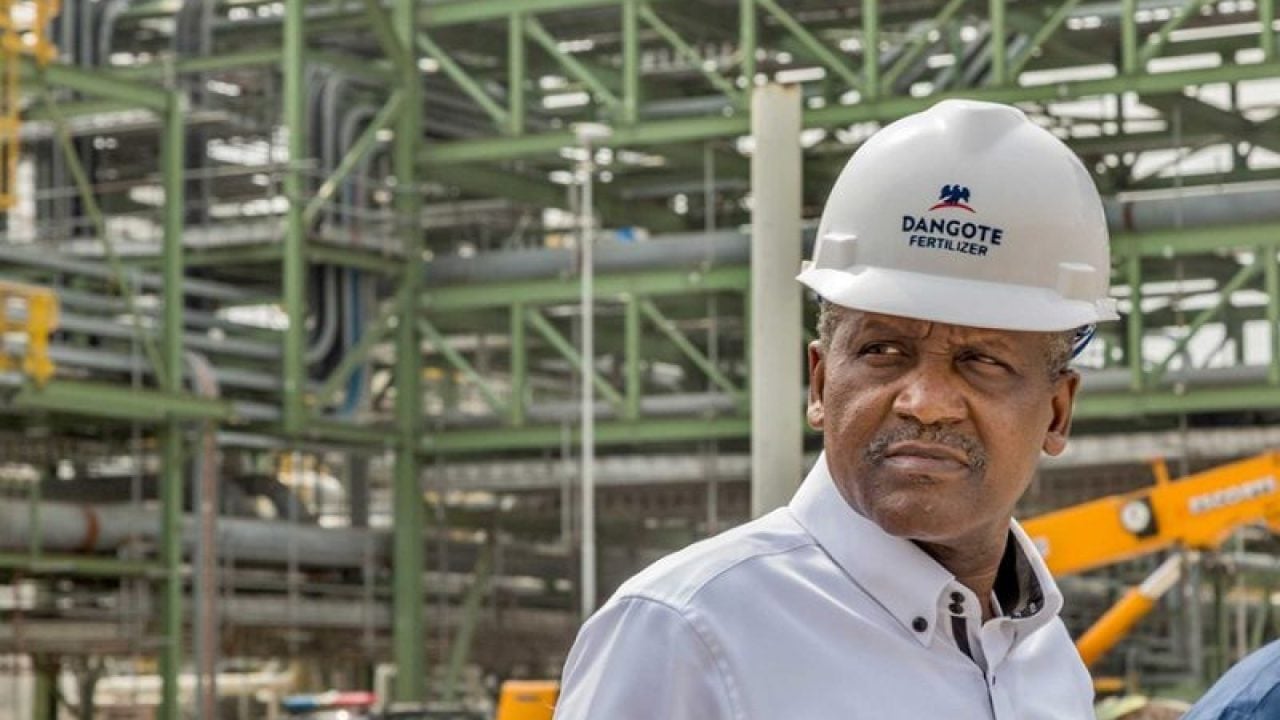Late Tuesday night, a powerful earthquake measuring 6.9 on the Richter scale rattled Cebu province in the central Philippines. The tremor struck at about 10 p.m. local time, with its epicenter located northeast of Bogo City. Many residents reported violent shaking, causing them to flee their homes and pour into the streets as structures swayed and windows cracked.
Local authorities confirmed that the tremor had a shallow depth of around 5 to 10 kilometers, which intensified surface shaking. Because of its shallow nature, the quake caused extensive damage in a short time. No significant tsunami threat followed, but aftershocks kept people on edge.
Damage, Casualties, and Disruption
Officials confirmed at least 69 fatalities and over 150 injuries after the quake hit. The hardest hit areas included Bogo, San Remigio, and Medellin, where residential buildings, churches, hospitals, and schools collapsed or sustained severe structural damage. In San Remigio, a sports complex caved in during a basketball game, claiming multiple lives.
Power and water systems across many towns failed immediately. Many roads cracked or became impassable, hampering rescue access. In the hours after the quake, dozens of aftershocks, some above magnitude 5, rocked the region, forcing even more evacuations and adding stress to already overwhelmed communities.
Rescue Efforts in a Race Against Time
Search and rescue teams mobilised quickly. They deployed backhoes, sniffer dogs, and heavy machinery to clear debris and search collapsed buildings for survivors. Because roads and bridges in certain areas suffered damage, rescuers faced delays reaching remote zones. In many cases, they had to trek on foot to reach trapped individuals.
Medical teams triaged injured victims in makeshift clinics when hospitals became overwhelmed. Emergency supplies like food, water, blankets, and medical kits flowed into affected zones from provincial and national sources. Local government units declared states of calamity in several towns to unlock relief funds and mobilise additional resources.
Emotional Toll and Community Response
Families awoke to chaos. Many lost loved ones, homes, and belongings in a matter of minutes. People said they experienced intense fear, confusion, and sleepless nights as aftershocks continued. Some survivors slept in open fields or tents, refusing to return to damaged buildings.
Nearby communities, civil society groups, and religious organizations rallied support. They opened evacuation centers, distributed relief materials, and provided counseling for traumatized survivors. National leaders, including the president, expressed condolences and pledged immediate help.
What Lies Ahead
In the coming days, officials will assess the full scale of damage. They must stabilize unstable structures, restore basic services, and rebuild infrastructure. Engineers and geologists will survey fault lines, structural failures, and risk zones to guide safer reconstruction.
Moreover, the quake spotlights the need for stricter building codes, especially in high-risk zones in the “Ring of Fire.” Disaster preparedness, early warning systems, and community drills will require reinforcement. As aftershocks linger, clear communication and coordinated relief will continue to be critical.
Conclusion
The 6.9 magnitude earthquake in Cebu province shook more than the ground; it jolted lives and communities in a heartbeat. With homes destroyed, infrastructure crippled, and lives lost, the people face immense recovery challenges. Yet in the midst of disaster, rescue workers, volunteers, and survivors show resilience. While the road ahead remains long, the immediate focus stays on saving lives, providing relief, and ensuring safety for the many who remain shaken and vulnerable.
Bonus Read: Rescuers Rush Oxygen to Survivors After Indonesia School Collapse


